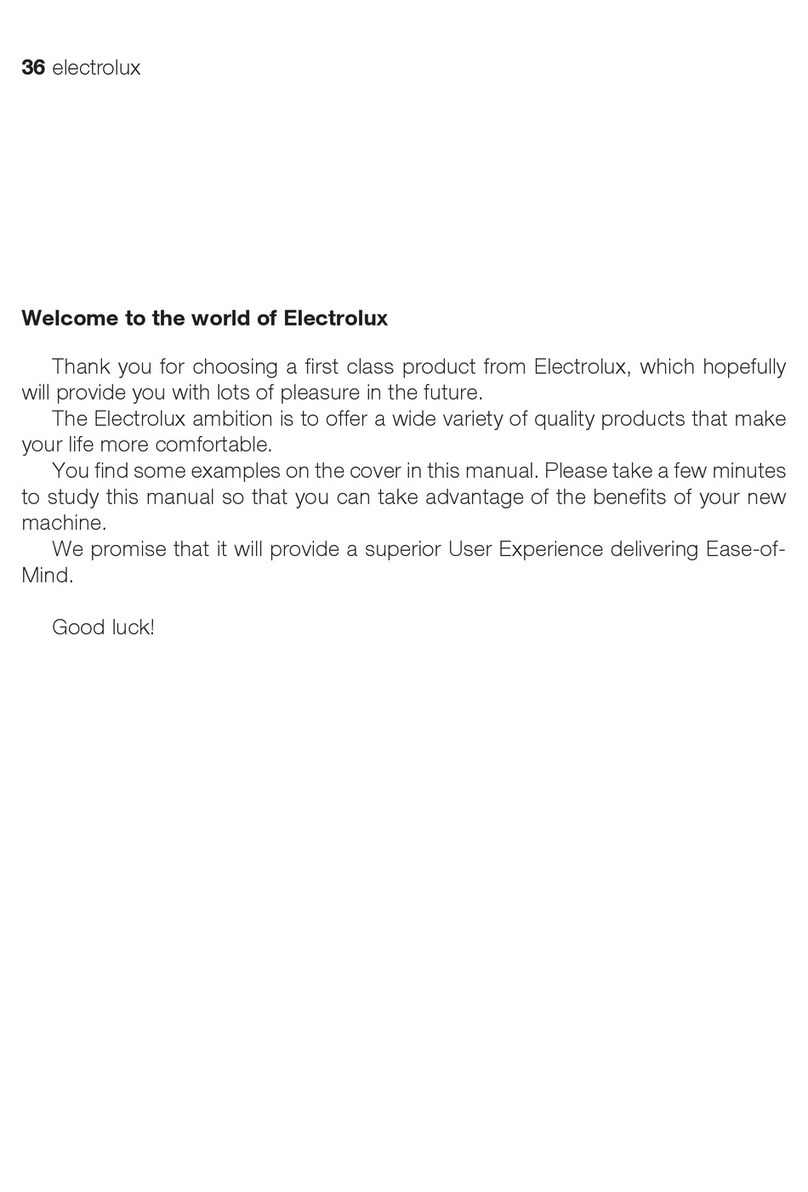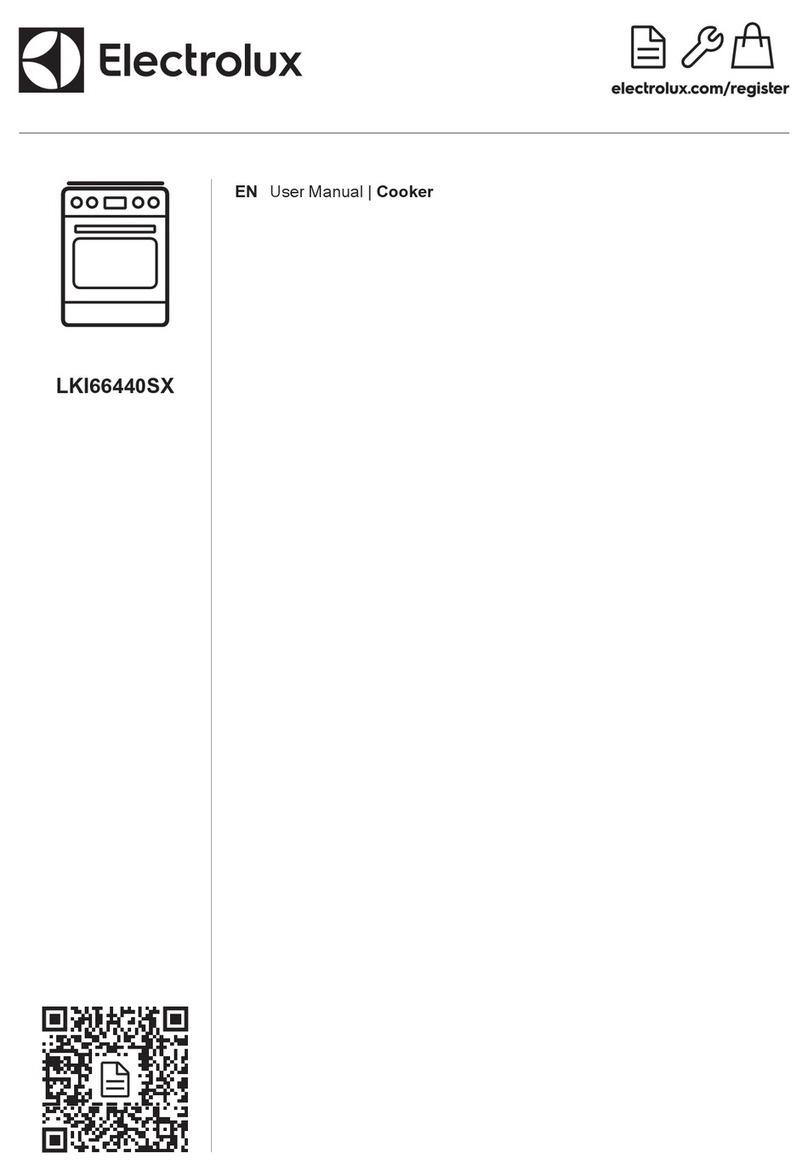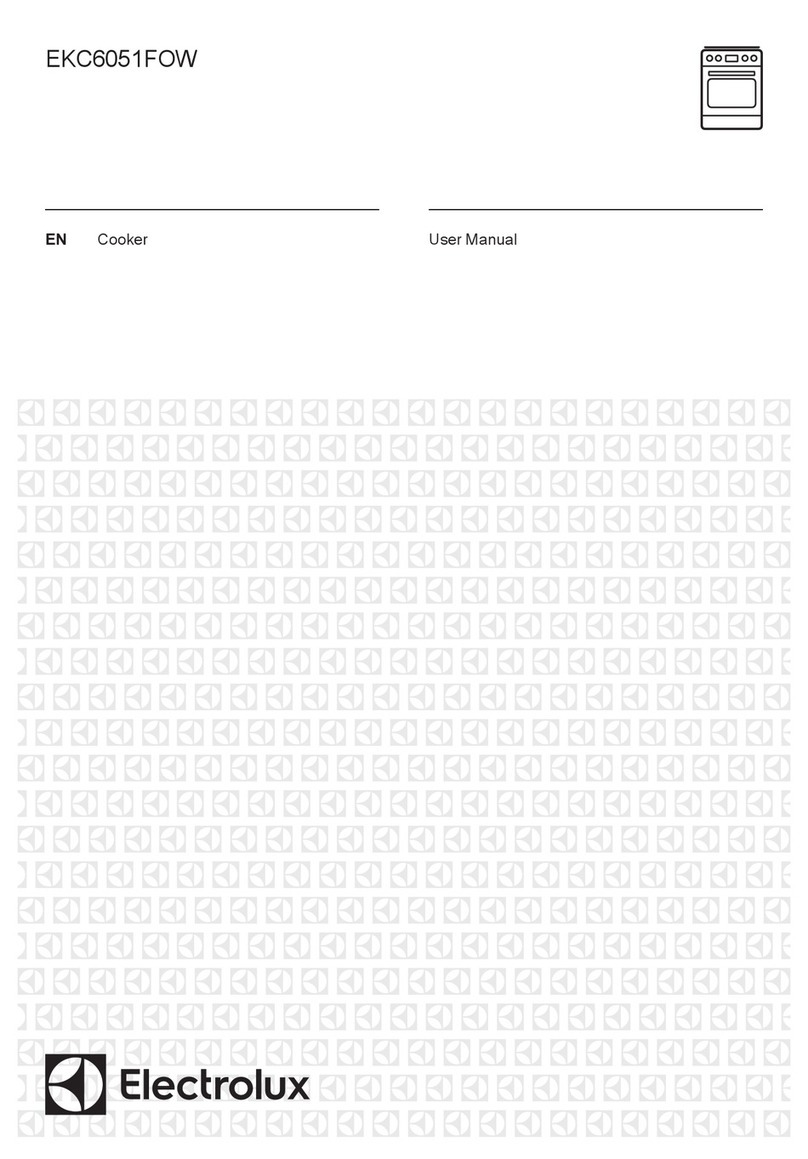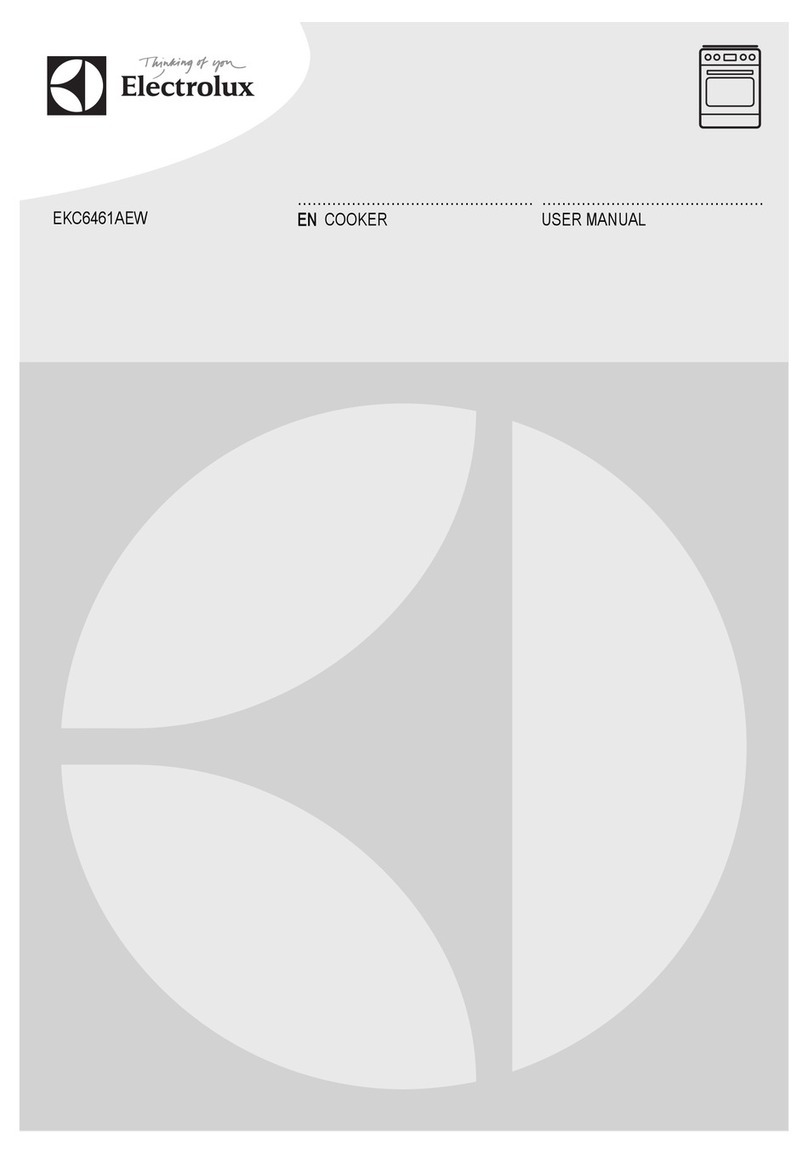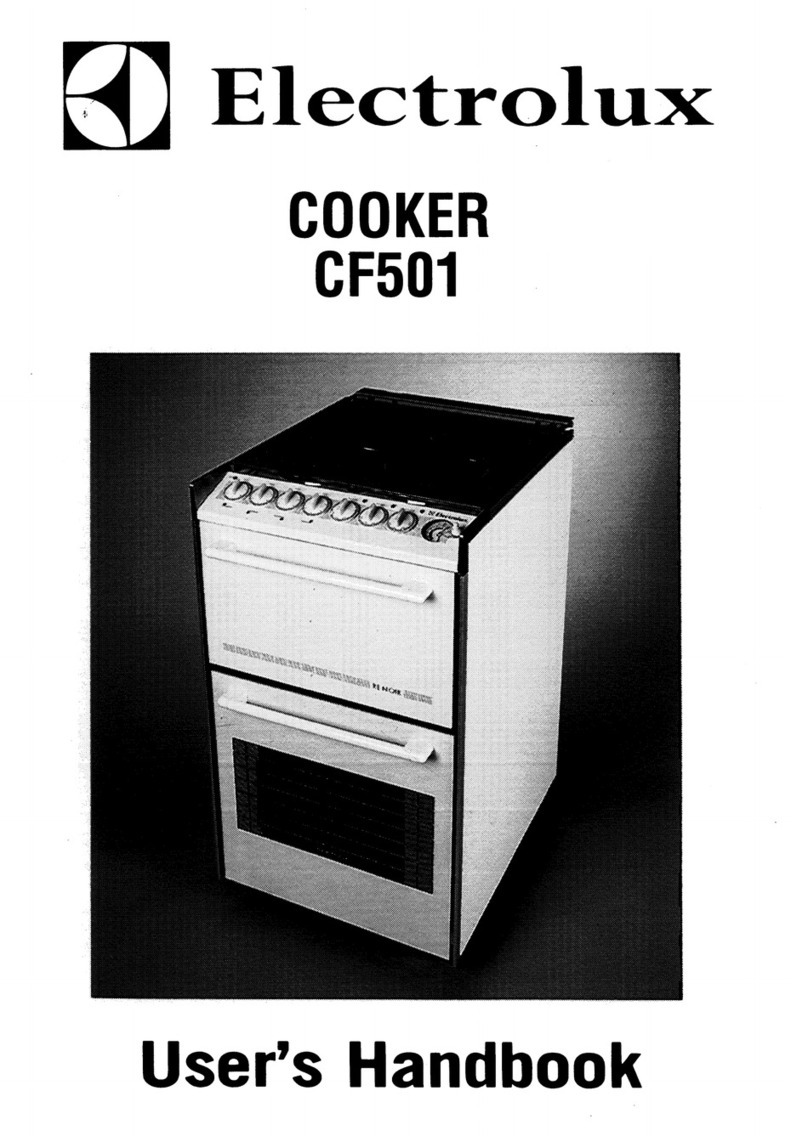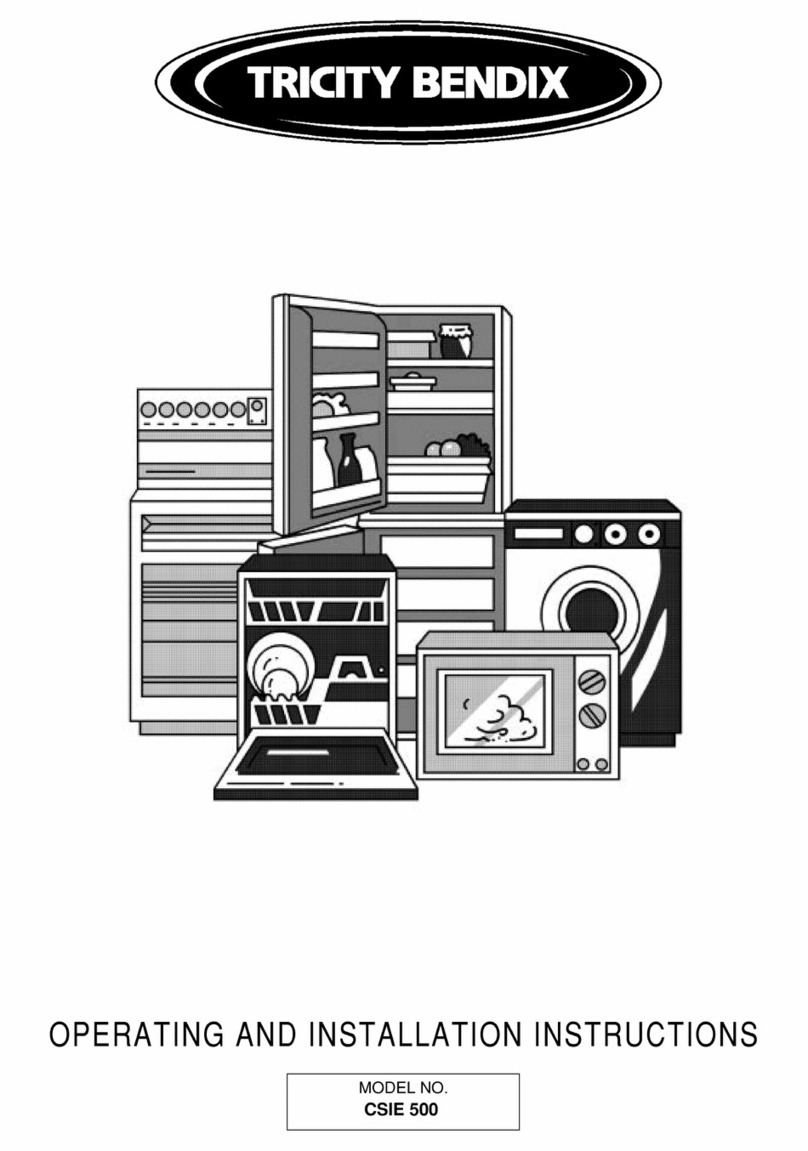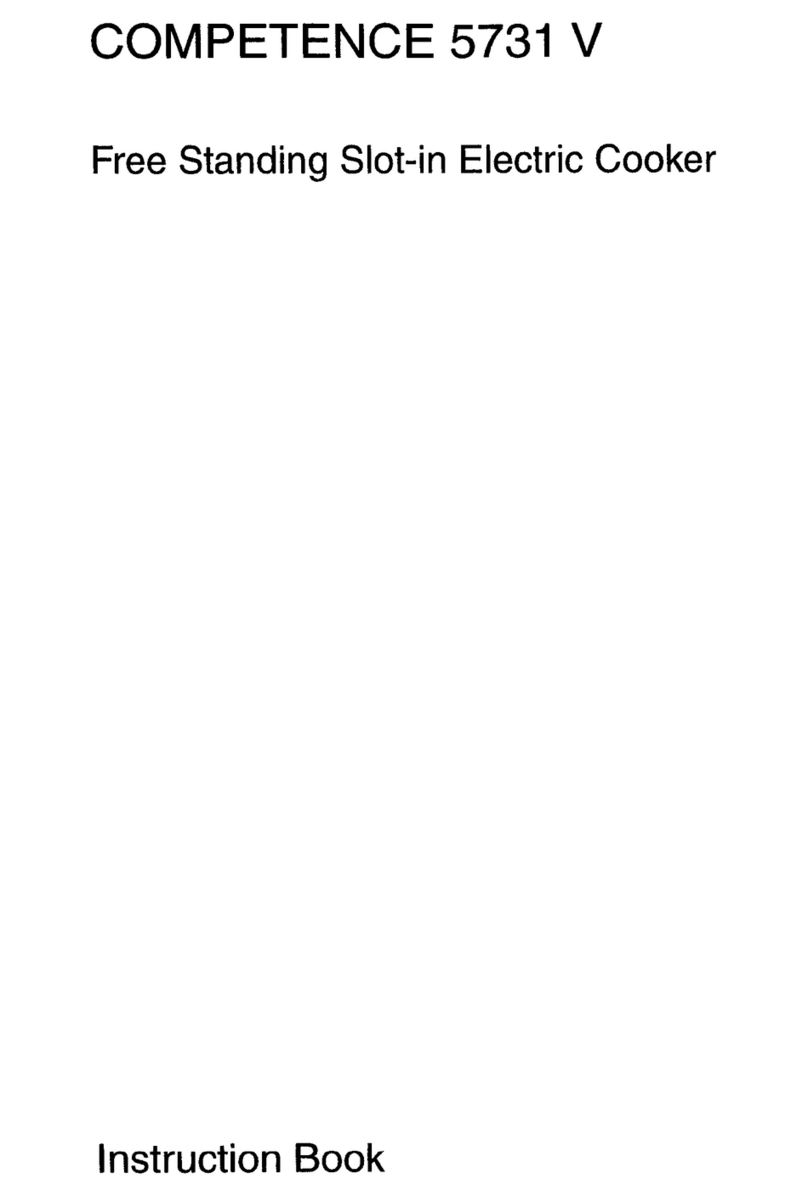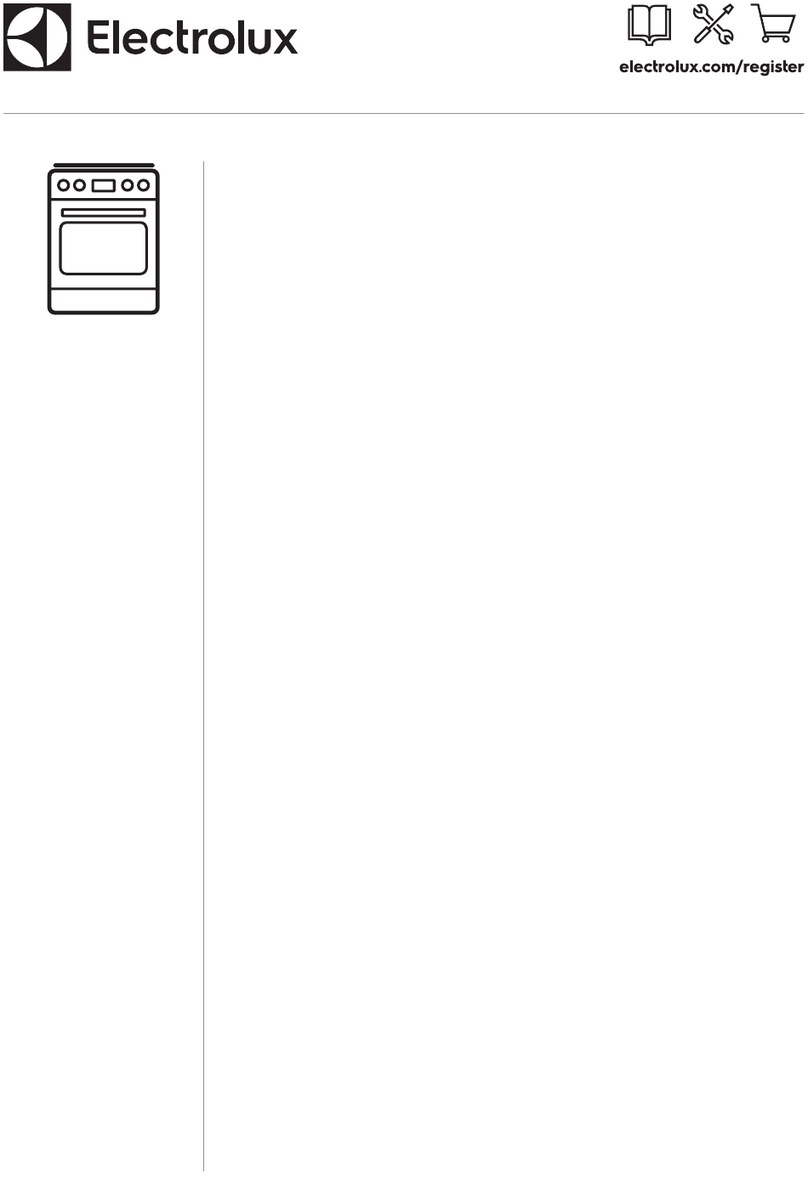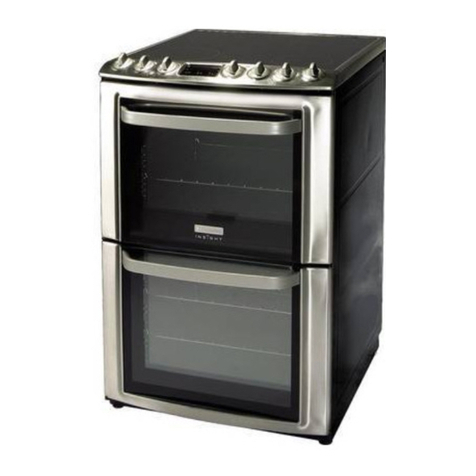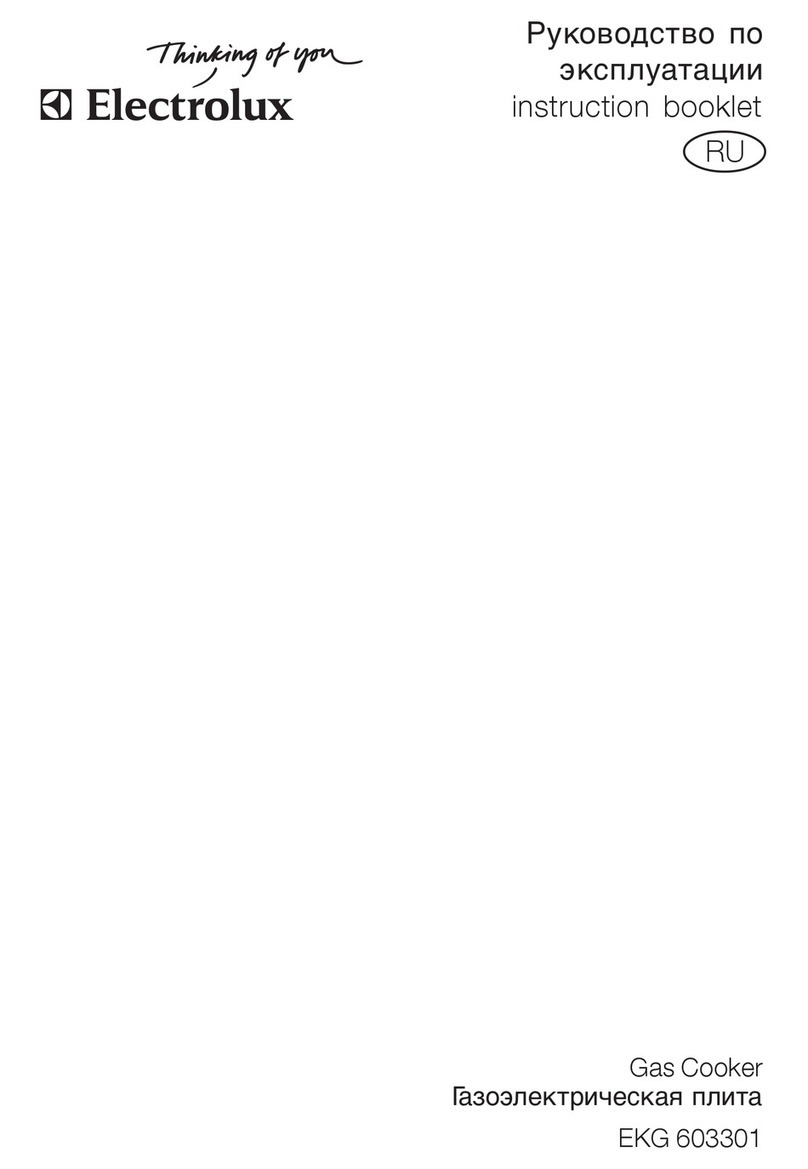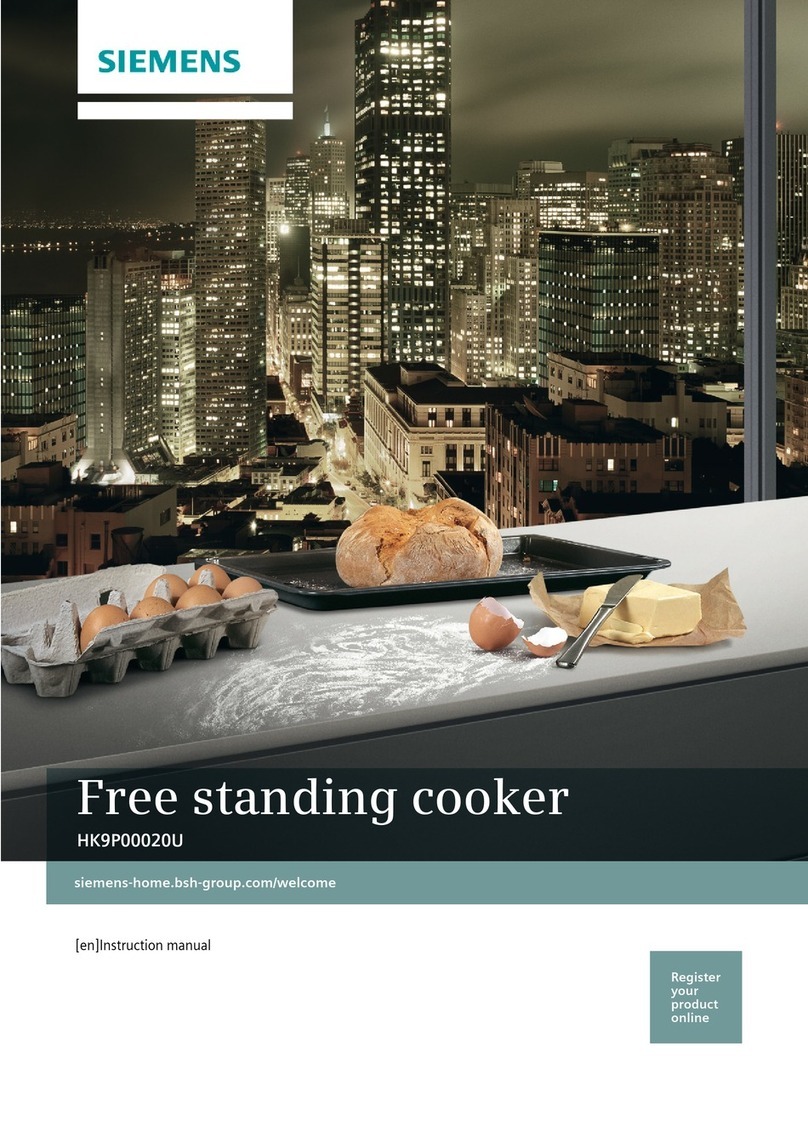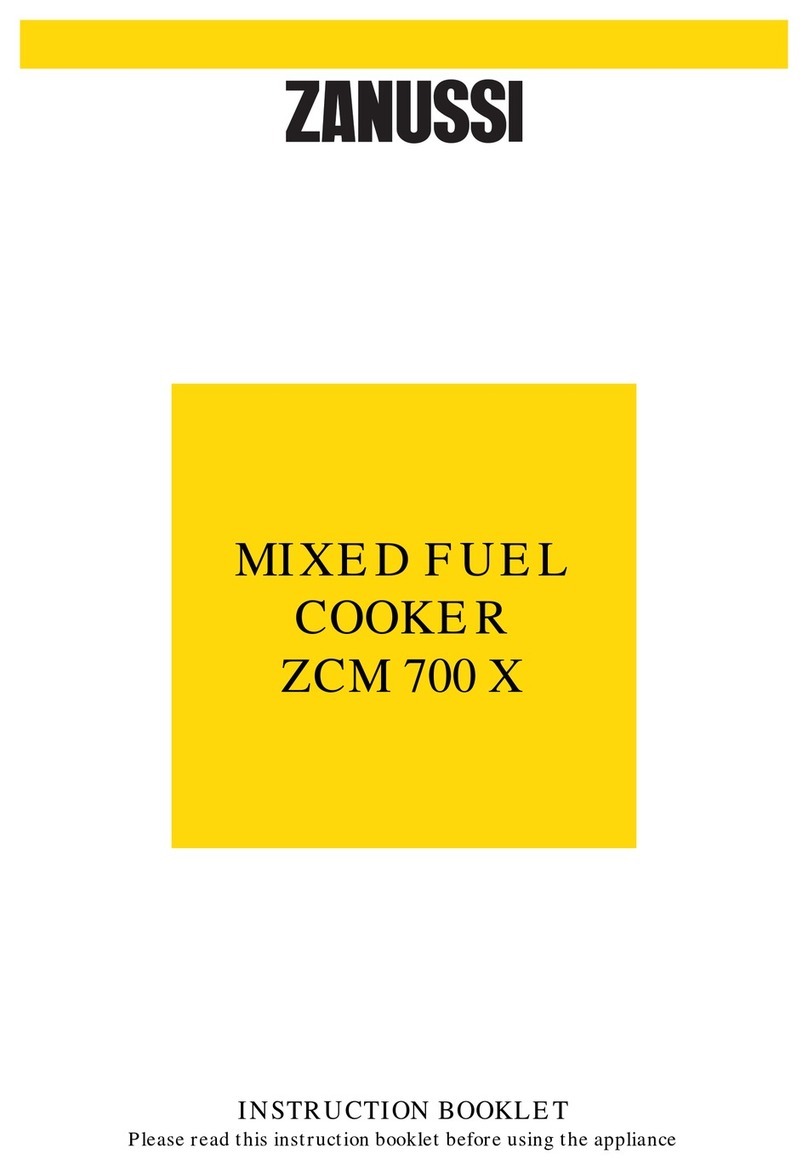3
CCoonntteennttss
A WARNING AND SAFETY INFORMATION ..................................................................................................5
A.1 General information ......................................................................................................................5
A.2 Personal protection equipment ........................................................................................................6
A.3 General safety .............................................................................................................................6
A.4 General safety rules......................................................................................................................7
A.5 Safety signs to be placed near the machine area .................................................................................9
A.6 Transport, handling and storage .................................................................................................... 10
A.7 Installation and assembly ............................................................................................................. 10
A.8 Electrical connection ................................................................................................................... 10
A.9 Water connection ....................................................................................................................... 11
A.10 Special installation...................................................................................................................... 11
A.11 Machine space limits................................................................................................................... 11
A.12 Positioning................................................................................................................................ 11
A.13 Reasonably foreseeable improper use ............................................................................................ 12
A.14 Machine cleaning and maintenance................................................................................................ 13
A.15 Service..................................................................................................................................... 14
A.16 Machine disposal........................................................................................................................ 14
B TECHNICAL DATA .............................................................................................................................. 15
B.1 Dataplate position....................................................................................................................... 15
B.2 Appliance and manufacturer's identification data ............................................................................... 15
B.3 Technical data Gas/Electrical appliances ......................................................................................... 16
C GENERAL INFORMATION .................................................................................................................... 16
C.1 Australia ................................................................................................................................... 16
C.2 Introduction............................................................................................................................... 16
C.3 Intended use and restrictions ........................................................................................................ 16
C.4 Testing and inspection................................................................................................................. 16
C.5 Copyright.................................................................................................................................. 16
C.6 Keeping the manual .................................................................................................................... 16
C.7 Recipients of the manual.............................................................................................................. 16
C.8 Definitions................................................................................................................................. 16
C.9 Responsibility ............................................................................................................................ 17
D NORMAL USE .................................................................................................................................... 17
D.1 Characteristics of personnel trained for normal machine use ................................................................ 17
D.2 Characteristics of personnel enabled to operate on the machine ........................................................... 17
D.3 Operator qualified for normal machine use ....................................................................................... 17
E INSTALLATION AND ASSEMBLY........................................................................................................... 17
E.1 Introduction............................................................................................................................... 17
E.2 Customer's responsibilities ........................................................................................................... 17
E.3 Disposal of packing..................................................................................................................... 18
E.4 Joining Appliances...................................................................................................................... 18
E.4.1 Installation on base, oven, bridge, cantilever frame or cement plinth............................................. 18
E.4.2 Sealing gaps between appliances......................................................................................... 18
E.5 Floor fixing ................................................................................................................................ 18
E.6 Gas, electricity and water connections (if present, depending on the appliance and/or model) ..................... 18
E.7 Gas Connections........................................................................................................................ 18
E.7.1 Introduction...................................................................................................................... 18
E.7.2 Fume exhaust .................................................................................................................. 18
E.7.3 Before connecting ............................................................................................................. 18
E.7.4 Connection...................................................................................................................... 19
E.7.5 Gas pressure regulator....................................................................................................... 19
E.7.6 Conversion to another type of gas......................................................................................... 19
E.8 Gas appliances regulations........................................................................................................... 19
E.8.1 Supply pressure check....................................................................................................... 19
E.8.2 Primary air check .............................................................................................................. 19
E.8.3 Main burner nozzle replacement........................................................................................... 19
E.8.4 Replacing the pilot burner nozzle.......................................................................................... 20
E.8.5 Replacing the minimum flame screw ..................................................................................... 20
E.9 Replacing the adjustment spring of the pressure regulator (Only for Australia) ......................................... 20
E.10 Before completing the installation operations .................................................................................... 20
E.11 Electrical connection ................................................................................................................... 20
E.11.1 Power cable..................................................................................................................... 21
E.11.2 Equipotential node and Earth connection ............................................................................... 21
E.11.3 Circuit breaker.................................................................................................................. 21
E.11.4 Equipotential node and Earth connection ............................................................................... 21
E.12 Water connection ....................................................................................................................... 21
E.13 Safety thermostat ....................................................................................................................... 21
F INSTRUCTION FOR THE USER............................................................................................................. 21
F.1 Braiser use................................................................................................................................ 21
F.2 Gas models – Use ...................................................................................................................... 22
F.2.1 Filling tank with water......................................................................................................... 22
F.2.2 Turning on....................................................................................................................... 22
F.2.3 Turning off....................................................................................................................... 22
F.2.4 At end of service ............................................................................................................... 22
